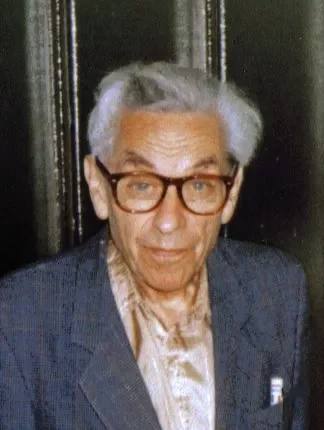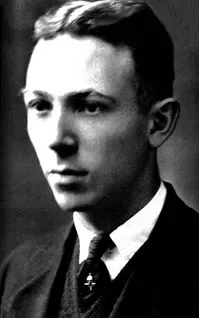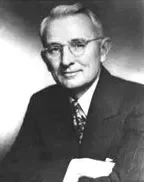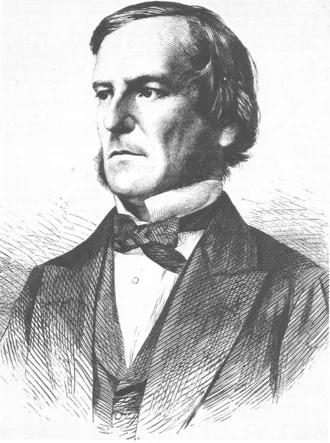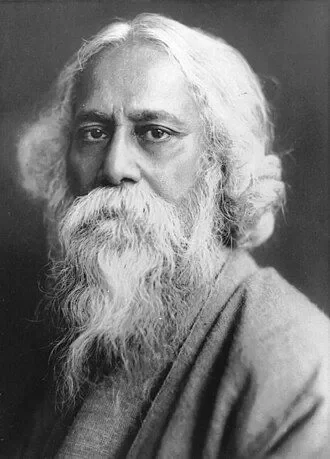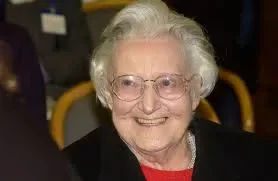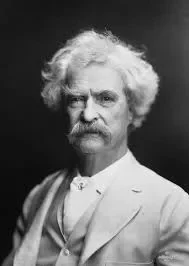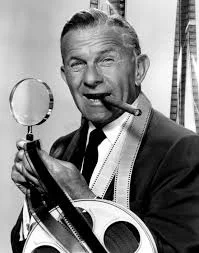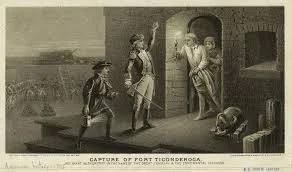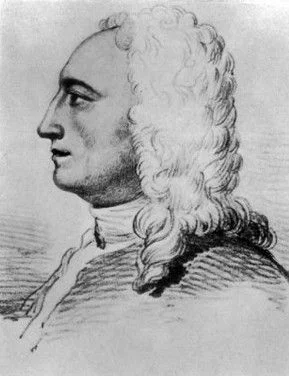Real Celebrities Never Die!
OR
Search For Past Celebrities Whose Birthday You Share

source: wikipedia.org
Ada Lovelace
Birthday:
10 Dec, 1815
Date of Death:
27 Nov, 1852
Cause of death:
Uterine cancer
Nationality:
British
Famous As:
Mathematician
Age at the time of death:
36
Ada Lovelace: Breaking Barriers for Women in Science
It’s hard to imagine women being anything more than housewives back in the day. But Ada Lovelace was one of the first women to show just what a woman can accomplish if she isn’t held back. She was widely considered the first computer programmer. Lovelace worked on Charles Babbage’s proposed mechanical general-purpose computer, the Analytical Engine. She quickly realized that the machine exhibited capabilities beyond pure calculation and published the first algorithm intended to be carried out by such a machine, making her the first to develop software.
Early Life and Education
Lovelace was born Augusta Ada Byron to poet Lord Byron and his wife Lady Byron. She was nicknamed “princess of parallelograms” by her father. Her mother pushed her interest in mathematics and science onto Ada and encouraged her to pursue these fields so that she wouldn’t develop her father’s moody and erratic temperament. Ada’s father passed away in Greece when she was eight years old.
Mathematical Talent and Meeting Charles Babbage
Lovelace showcased an early talent for mathematics and languages. She met Charles Babbage in 1833, who invited her to see his prototype of the Difference Engine, a mechanical device that could perform simple mathematical calculations. He later became her mentor and friend.
Marriage and Continued Pursuit of Mathematics
Ada Lovelace married William King in 1835, who later came to be known as Earl of Lovelace. Following her marriage, she continued to pursue her mathematical interests and corresponded with Babbage and other leading thinkers of her era.
Work on the Analytical Engine and Pioneering Computer Programming
In 1842, Lovelace translated an article by Luigi Manabrea, an Italian engineer, on Babbage’s newest invention, the Analytical Engine, a more complex and versatile machine that could perform any calculation given a set of instructions or a program.
Lovelace added her own notes to the translation, which were three times longer than the original article. In her notes, she explained the principles and operations of the machine and provided examples of how it could be used for various purposes. She proposed a method for generating a sequence of numbers using a loop of three instructions, which came to be known as the first computer program.
Ada Lovelace's Quote's
Legacy and Recognition
Due to the atypicality of a woman addressing these subjects during that era, Lovelace’s notes were published in 1843 using the initials A.A.L. However, they didn’t get any recognition until over a century later when they were republished by B.V. Bowden in his book “Faster Than Thought: A Symposium on Digital Computing Machines.” Since then, Lovelace has received widespread recognition for her contributions to computer science, becoming an icon for women in technology in the process.
Death and Lasting Impact
At the age of 36, Lovelace succumbed to uterine cancer on November 27, 1852. Her pioneering work in computer science continues to inspire generations, and she is celebrated as one of the earliest contributors to the field of computing.
Name:
Ada Lovelace
Popular Name:
Ada Lovelace
Gender:
Female
Cause of Death:
Uterine cancer
Spouse:
Place of Birth:
London, England
Place of Death:
Marylebone, London, England
Occupation / Profession:
Personality Type
Debater: Ada Lovelace enjoyed a good debate with anyone who could match her intellectually. She wasn’t afraid to speak her mind or share her opinions.
She was mentored by Charles Babbage.
Her contributions were so far ahead of their time that they weren’t recognized until a century after her death.
She conceptualized a flying machine at the age of 12.
Lady Byron got her daughter involved in mathematics from the age of 4 to prevent her from following in the footsteps of her father.
Ada Lovelace is considered the first computer programmer.
She developed the first computer program.
Ada Lovelace is considered the first computer programmer.
